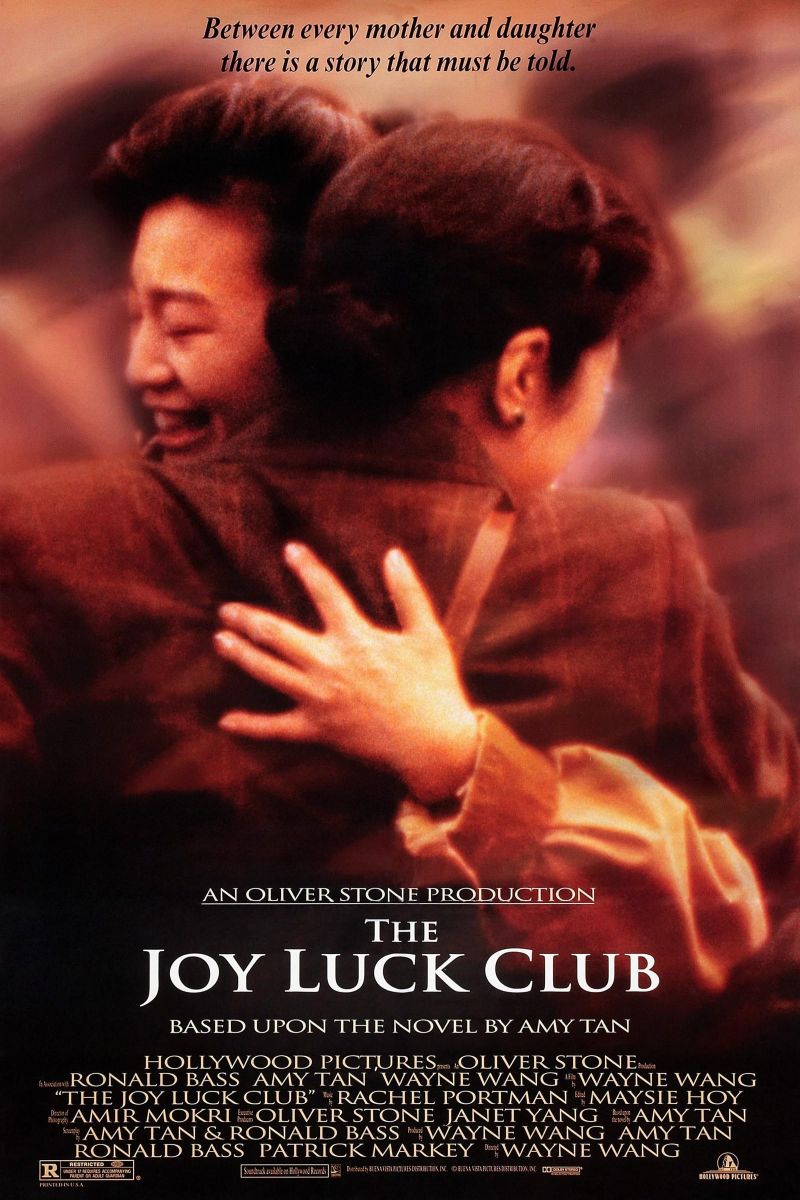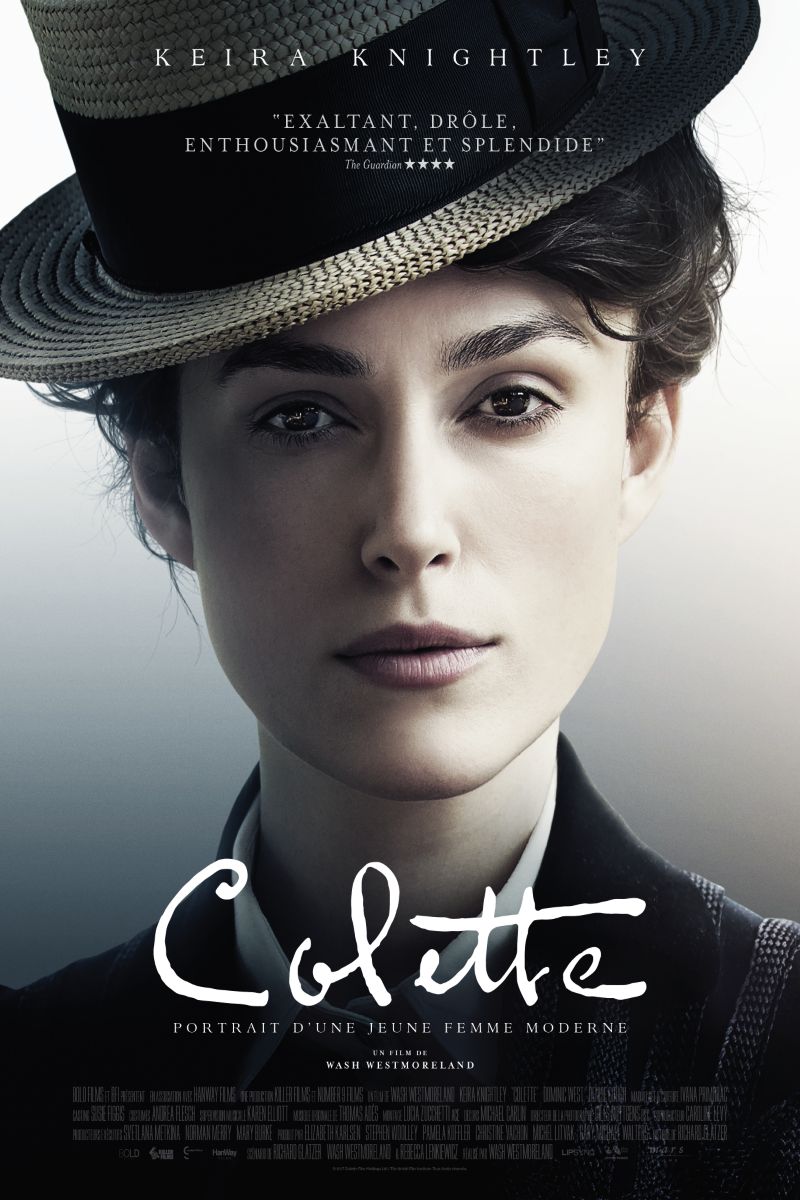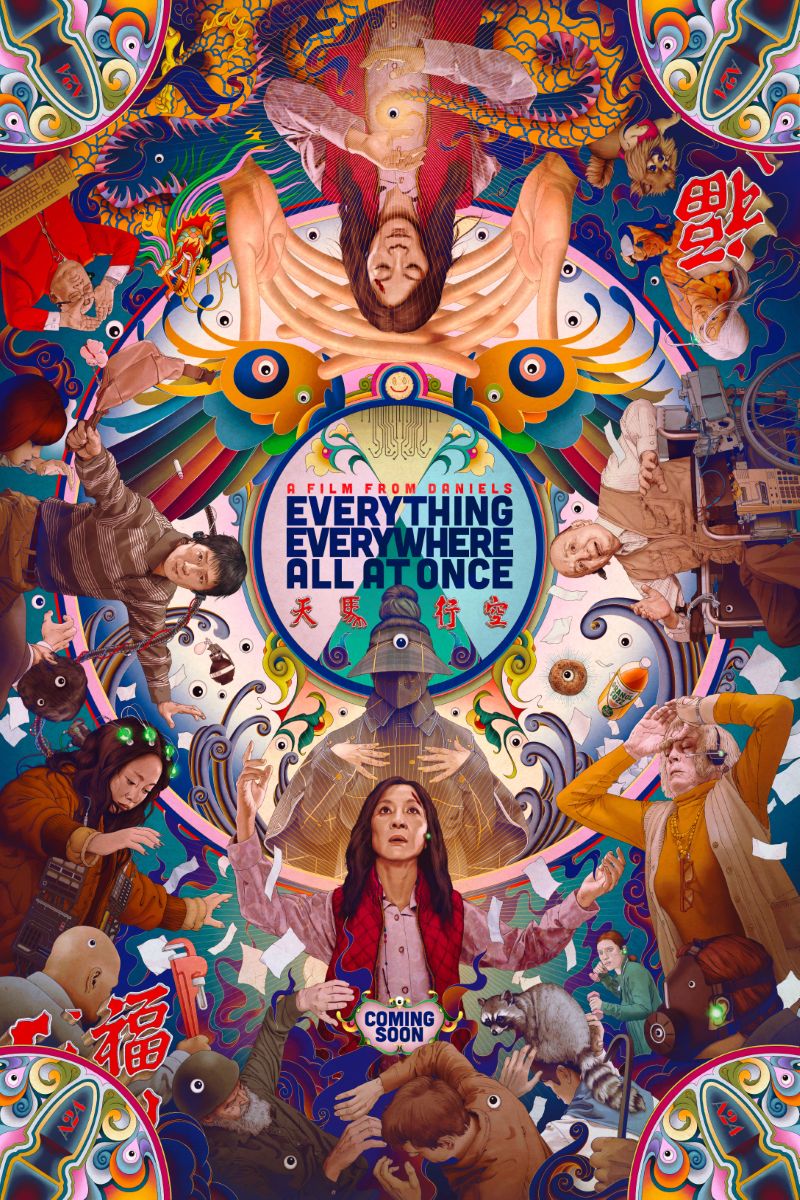
The Joy Luck Club
The Joy Luck Club
Adapted from Amy Tan's novel, this film tells the stories of four pairs of Chinese-American mothers and daughters across two generations. Through complex mother-daughter relationships, it explores cultural inheritance, transmission of women's experiences, and identity issues in cross-cultural contexts.
Cast
🎥 Film Analysis & Review
“The Joy Luck Club” stands as a landmark film that groundbreakingly brought the experiences of Asian American women to mainstream Hollywood screens, deeply exploring feminist issues within cross-cultural contexts. Wayne Wang’s direction faithfully yet cinematically adapted Amy Tan’s novel, creating a profound work about the complex relationships between women, tradition and modernity, East and West.
Intergenerational Female Experience
The film’s core revolves around four mother-daughter relationships, but this is not merely family drama—it’s a profound meditation on the entire system of female experience transmission. Each mother carries trauma and wisdom from old China, while each daughter seeks her identity within American culture. This complexity of intergenerational relationships reflects the unique challenges facing immigrant communities, particularly immigrant women: how to maintain cultural roots while integrating into new social environments.
The structure of the film, moving between past and present, China and America, allows viewers to understand how historical trauma shapes contemporary relationships. The mothers’ stories serve not as mere background but as active forces influencing their daughters’ lives and choices. This approach validates both generational perspectives while revealing their interconnectedness.
Suyuan’s Story: Confronting Historical Oppression
Suyuan’s story represents a profound indictment of traditional Chinese women’s tragic fate. Her suffering in old society’s arranged marriage and ultimate choice of suicide out of despair reveal the cruel oppression of women by patriarchal society. However, her story is reinterpreted and redeemed through her daughter June’s perspective. June’s rediscovery of her mother’s value and dignity in modern America embodies feminism’s pursuit of historical justice through cross-temporal understanding and reconciliation.
The film’s treatment of Suyuan’s sacrifice—leaving her babies to save them during wartime—refuses to sentimentalize suffering while acknowledging the impossible choices women faced. This nuanced approach avoids both victimization and heroization, instead presenting the complex reality of women’s survival strategies under extreme circumstances.
An-mei’s Legacy: Dignity and Resistance
An-mei’s story reveals how women maintain dignity and resistance spirit under extreme adversity. Her mother’s forced existence as a concubine in old Chinese society and ultimate choice of suicide as final resistance provides crucial lessons. An-mei learns from her mother’s tragedy not submission but the importance of “knowing one’s own worth.” This transmission of female wisdom transcends specific cultural backgrounds, carrying universal feminist significance.
The film’s portrayal of An-mei’s relationship with her own daughter Rose illustrates how this wisdom applies to contemporary relationships. When Rose faces divorce and must fight for her rights, her mother’s teachings about self-worth become practically relevant, bridging historical and contemporary women’s struggles.
Lindo’s Intelligence: Strategic Survival
Lindo’s escape from arranged marriage through clever manipulation of cultural expectations demonstrates female intelligence and strategic thinking in oppressive systems. Rather than direct confrontation, she uses the system’s own logic against itself, securing freedom while maintaining honor. This approach offers valuable insights into how marginalized individuals can navigate hostile environments.
Her relationship with daughter Waverly explores how this strategic thinking applies to contemporary competition and achievement. Waverly’s chess career becomes a metaphor for navigating between Chinese and American cultural expectations while maintaining individual excellence.
Ying-ying’s Awakening: Reclaiming Voice
Ying-ying’s journey from passive suffering to active engagement with her daughter Lena’s problems demonstrates the possibility of overcoming trauma and reclaiming voice. Her recognition of the power imbalance in Lena’s supposedly equal marriage provides crucial intervention, showing how maternal wisdom can address contemporary gender issues.
The film’s treatment of domestic violence and emotional abuse through Ying-ying’s story brings historical perspective to ongoing problems, suggesting that women’s struggles for equality and respect continue across generations and cultures.
Cultural Translation and Identity Formation
Language plays a special role in the film. Mothers speak Chinese, daughters speak English—this linguistic difference represents not only generational gaps but challenges facing cultural transmission. However, the film ultimately demonstrates that true understanding transcends language barriers, suggesting that emotional connections between mothers and daughters run deeper than any language.
The film’s approach to translation—both linguistic and cultural—offers hope for multicultural societies. It suggests that while perfect understanding may be impossible, meaningful communication and mutual respect can bridge significant differences.
Trauma Transmission and Transformation
The film’s handling of trauma transmission is particularly sophisticated. The traumas experienced by mothers—war, famine, family tragedy—inevitably affect their daughters, but the film doesn’t portray this as simple victim cycles. Instead, it shows how women can transform trauma into wisdom and strength. This positive transformation reflects feminist psychological understanding of healing and growth.
Each daughter must come to terms with her mother’s history while forging her own path forward. This process requires neither complete rejection nor total acceptance of maternal influence, but rather selective integration of valuable lessons while maintaining individual autonomy.
Symbolic Use of Mahjong
The film’s symbolic use of mahjong is particularly clever. Mahjong represents not just a game but female wisdom and strategy. At the mahjong table, these women display the wit and resilience that mirror their approaches to life’s challenges. This elevation of everyday activities to symbols of female strength reflects feminist revaluation of women’s daily experiences.
The mahjong scenes also provide spaces for female community and mutual support, contrasting with more isolated struggles the women face in their individual lives. These communal moments suggest the importance of female solidarity across generational and cultural differences.
Cultural Representation and Hollywood
As Hollywood’s first mainstream film centered on Asian American women, “The Joy Luck Club” carries enormous cultural significance. It provided screen representation for Asian women, challenging Hollywood’s white-centrism while proving the commercial viability of diverse narratives. The film paved the way for stories of other minority women, demonstrating that multicultural storytelling could achieve both artistic and commercial success.
The film’s casting of primarily Asian and Asian American actresses in complex, leading roles was groundbreaking for its time. These performances challenged stereotypes while creating multidimensional characters that reflected the complexity of real women’s lives.
Feminist Analysis of Traditional Roles
The film’s feminist significance also appears in its questioning of traditional gender roles. Whether An-mei’s challenge to her husband or Waverly’s resistance to maternal expectations, all reflect women’s pursuit of autonomy. However, the film doesn’t simply negate tradition but seeks balance between traditional wisdom and modern values.
This nuanced approach acknowledges that cultural traditions contain both oppressive and empowering elements. The challenge becomes distinguishing between valuable cultural wisdom and harmful patriarchal practices, a task requiring careful consideration rather than wholesale rejection or acceptance.
Postcolonial Feminist Perspectives
From postcolonial feminist perspectives, “The Joy Luck Club” carries important significance. It presents the complexity and richness of non-Western women’s experiences, opposing simple portrayals of “Third World women” as victims. Although the Chinese mothers in the film experienced hardship, they equally possess wisdom, strength, and agency. This balanced portrayal helps break Western stereotypes about non-Western women.
The film’s treatment of Chinese culture avoids both exoticism and complete assimilation, instead presenting culture as lived experience that shapes but doesn’t determine individual choices. This approach respects cultural specificity while maintaining universal human themes.
Contemporary Relevance
Despite being made over three decades ago, “The Joy Luck Club” remains relevant to contemporary discussions about immigration, cultural identity, and intergenerational relationships. Current debates about cultural preservation versus assimilation, the challenges facing second-generation immigrants, and the ongoing struggles for gender equality all find resonance in the film’s themes.
The movie’s exploration of how family history shapes individual identity speaks to ongoing psychological and sociological research about intergenerational trauma transmission and healing. Its portrayal of successful cross-cultural communication offers hope for increasingly diverse societies.
Artistic Achievement and Narrative Innovation
The film’s artistic achievement deserves recognition. Wayne Wang skillfully employs non-linear narrative structure, weaving together past and present, China and America, trauma and redemption. This complex narrative structure not only enhances the film’s artistic impact but better reflects the complexity and multiple layers of women’s experiences.
The cinematography and production design create distinct visual languages for different time periods and cultural contexts while maintaining narrative coherence. These technical elements support the film’s thematic concerns without overwhelming the character-driven storytelling.
Limitations and Criticisms
However, the film faces some criticism. Some scholars note that its portrayal of Chinese culture sometimes relies on stereotypes, overly emphasizing traditional Chinese society’s oppressive nature while ignoring its complexity. Additionally, while the film addresses cultural differences, it pays relatively little attention to other identity dimensions like class or religion.
These limitations reflect broader challenges in representing complex cultural realities within commercial cinema’s constraints. The film’s focus on gender and culture, while valuable, necessarily limits attention to other important aspects of identity and experience.
Legacy and Influence
Despite these limitations, “The Joy Luck Club’s” overall contribution remains enormous. It not only provided an expression platform for Asian American women but more importantly explored universal issues all women might face: how to balance tradition and modernity, how to build bridges between different cultures, how to transform trauma into wisdom.
The film’s influence extends beyond representation to narrative techniques and thematic approaches. Its successful integration of multiple storylines and time periods influenced subsequent films dealing with immigrant experiences and intergenerational relationships.
Conclusion
Ultimately, “The Joy Luck Club” conveys a story about understanding, forgiveness, and inheritance. It tells us that despite generational and cultural differences creating barriers, emotional connections and wisdom transmission between women are eternal. Each mother’s pain can become her daughter’s strength; each daughter’s success represents the best return for her mother’s sacrifice.
This continuity and inheritance of female experience represents important values emphasized by feminism. The film demonstrates that while cultural contexts may change, fundamental human needs for understanding, respect, and love remain constant. Its lasting impact lies in showing how individual stories connect to larger historical narratives, and how personal healing can contribute to collective progress.
More than thirty years after its release, “The Joy Luck Club” continues to inspire audiences with its message that differences need not divide us, that understanding is possible across seemingly insurmountable gaps, and that the bonds between women can transcend any barrier when rooted in love, respect, and mutual recognition of shared humanity.
🏆 Awards & Recognition
- • National Society of Film Critics Award for Best Supporting Actress nomination
- • MTV Movie Award for Best Breakthrough Performance
- • Asian Film Award for Best Asian Film nomination
⭐ Ratings & Links
Related Recommendations
讨论区
分享您的想法和观点
加入讨论
分享您的想法和观点
加载评论中...


